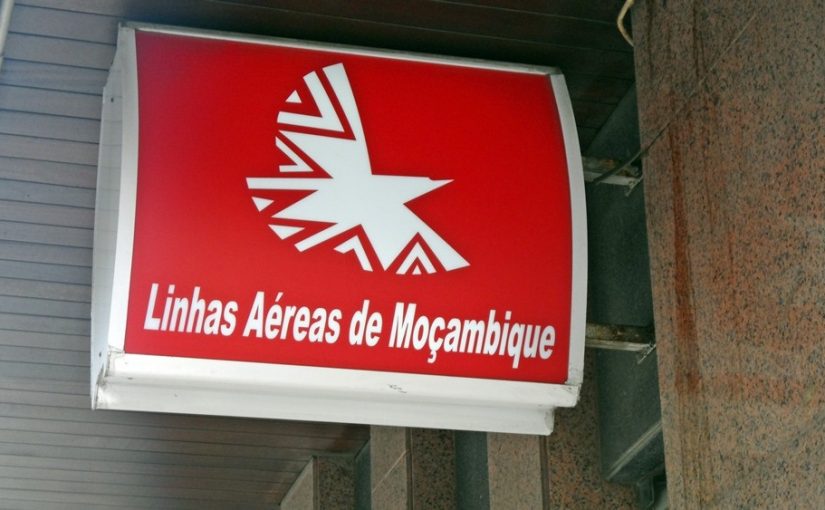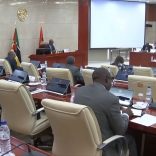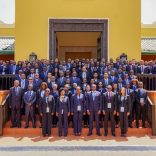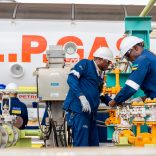Mozambique: One-stop border with Malawi inaugurated - AIM report
LAM Mozambique Airlines sale of shares: Government is transferring the problem to other state-owned companies – Economist

File photo: Lusa
The recent proposal by the Mozambican government to sell 91% of the shares of flag carrier Mozambican Airlines (LAM) to Hidroeléctrica de Cahora Bassa (HCB), Portos e Caminhos de Ferro de Moçambique (CFM) and Empresa Moçambicana de Seguros (EMOSE) raises serious financial and strategic concerns.
According to economist Alfredo Mondlane, the decision to sell LAM shares may at first glance seem like a rescue plan for the national airline, but in practice it transfers a financial problem to three solid state-owned companies, which now run the risk of being contaminated by LAM’s historical mismanagement.
“This operation not only exposes the financial fragility of the state, but it could also undermine investor confidence in Mozambican state-owned companies, compromising strategic sectors such as railway infrastructure and electricity. The risk of a financial crisis domino effect in the companies involved is real and needs to be analysed in depth,” Mondlane argues.
The economist explains that LAM has been a financial burden over many years, accumulating operational deficits and requiring constant injections of state capital. Its inefficiency does not only stem from the lack of modern aircraft, but from a management model which has failed to make the company sustainable.
Analysing the government’s decision, Mondlane concludes that the executive does not have the financial capacity to rescue LAM on its own, exposing its own fiscal fragility.
“The operation does not solve the problem, it merely transfers the crisis from one public company to others, keeping the debt within the state sector. The signal that this sends to the market is negative, as it shows that the state does not have a structured plan to make LAM viable in the long term,” Mondlane argues.
For the economist, if LAM continues to operate in the same way, there is no guarantee that HCB, CFM and EMOSE will be able to sustain the company without incurring losses of their own.
Mondlane says that there are no clear details about how the putative plan to raise US$130 million (around 8.4 billion meticais) to acquire eight new aircraft will be financed, and whether the state-owned companies will have to take on more debt to absorb LAM.
Evaluating the financial statements of HCB and CFM, for example, Mondlane states that the purchase of the aircraft could have significant impacts. According to the economist, HCB has a healthy balance sheet, but a 50% stake in LAM could mean a commitment of up to 4.2 billion meticais. It would also face a reduction in liquidity, impacting the company’s ability to invest in strategic projects in the electricity sector, as well as possibly increasing its debt to finance part of the purchase.
“Unlike HCB, CFM already has a high level of debt. If it needs to commit 4.2 billion Meticais to take over part of LAM, the impacts include: an increase in liabilities to more than MZN 53 billion, reducing its financing capacity for railway projects; pressure on its liquidity, making it difficult to invest in port and railway infrastructure; and the risk of an increase in the cost of debt, as investors may consider CFM a riskier asset,” explained the economist.
In another development, Mondlane argues that the transaction does not go unnoticed by private investors and international partners. For the economist, instead of a transparent and sustainable restructuring, the solution found was to pass the problem on to strategic state-owned companies. This may affect the market’s perception of the Mozambican government’s ability to manage economic crises and public companies.
“If the objective is to make LAM sustainable in the long term, there are better alternatives than passing the problem on to HCB and CFM, namely, by seeking a strategic international partner such as Ethiopian Airlines or Qatar Airways. These companies have already invested in other African airlines and could bring professional management and operational experience,” argues Mondlane.
For the economist, instead of selling 91%, the Government could sell 49% to a private investor and maintain part of the control. This would bring in private capital, without compromising the liquidity of CFM and HCB. Before transferring control, Mondlane argues that the Government should restructure LAM, cutting costs and increasing operational efficiency.
“The sale of LAM does not solve the financial problem, it only transfers the crisis to HCB and CFM. If poorly managed, this operation could compromise strategic sectors of the Mozambican economy, reduce investments and drive away foreign investors. Without a solid recovery plan and without transparency in the process, Mozambique runs the risk of transforming an isolated problem (LAM) into a generalized financial crisis.












Leave a Reply
Be the First to Comment!
You must be logged in to post a comment.
You must be logged in to post a comment.